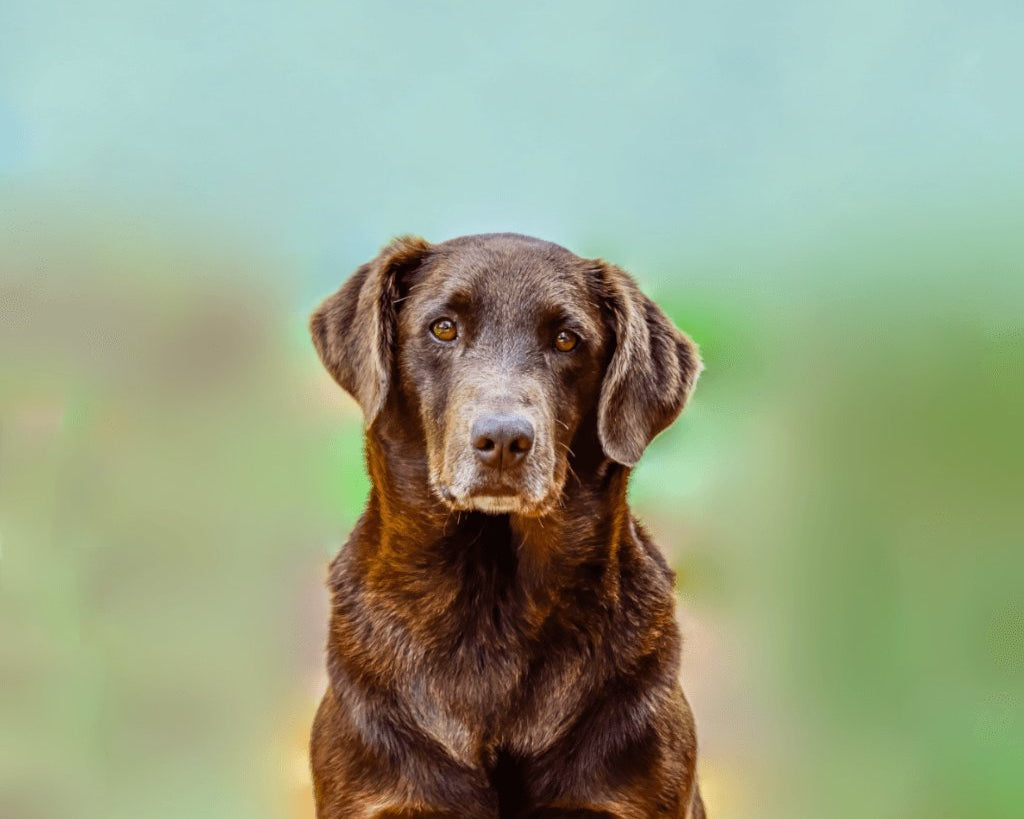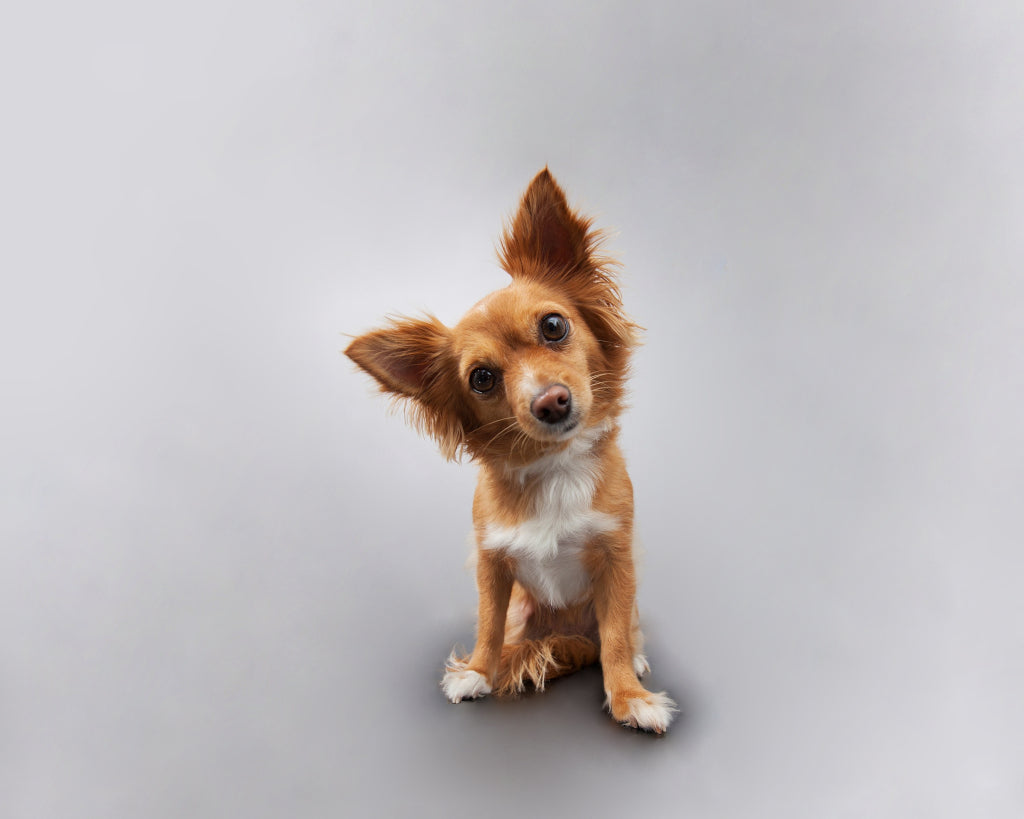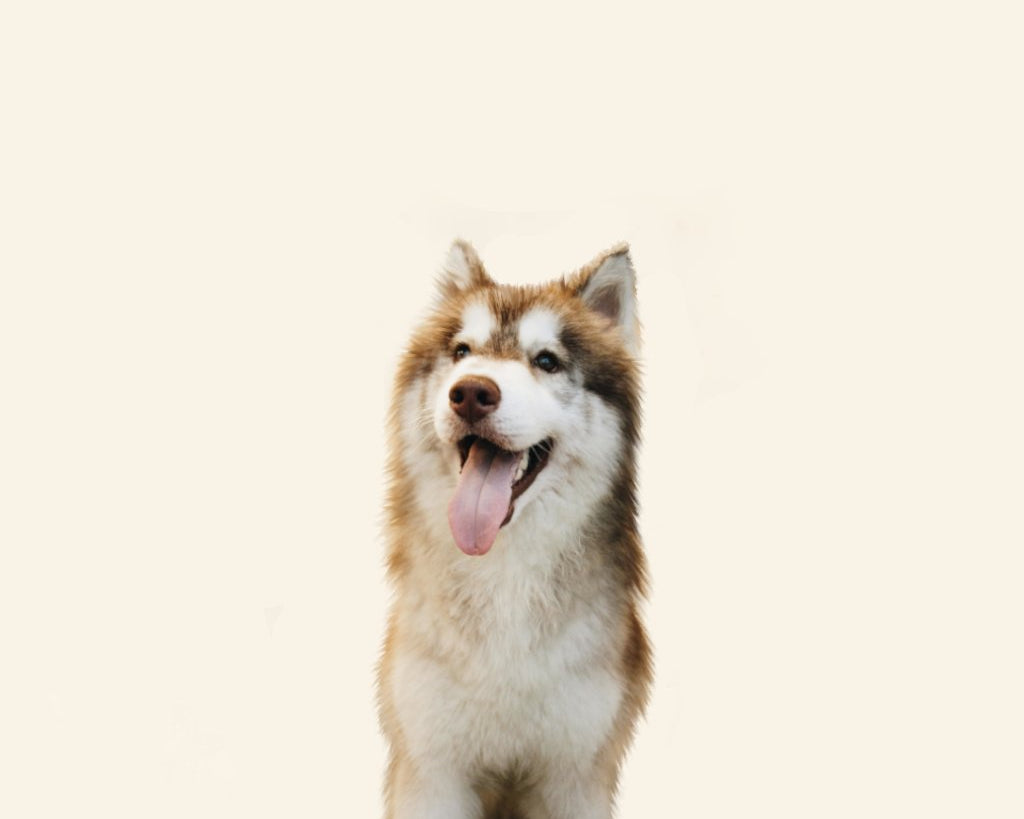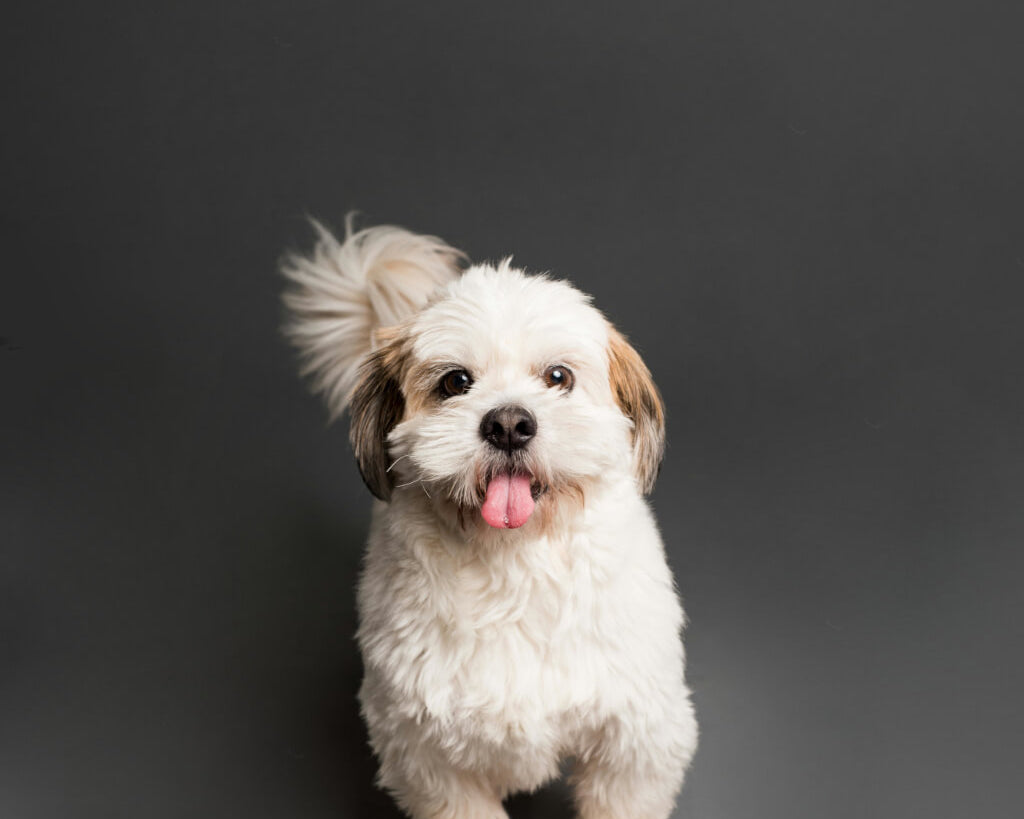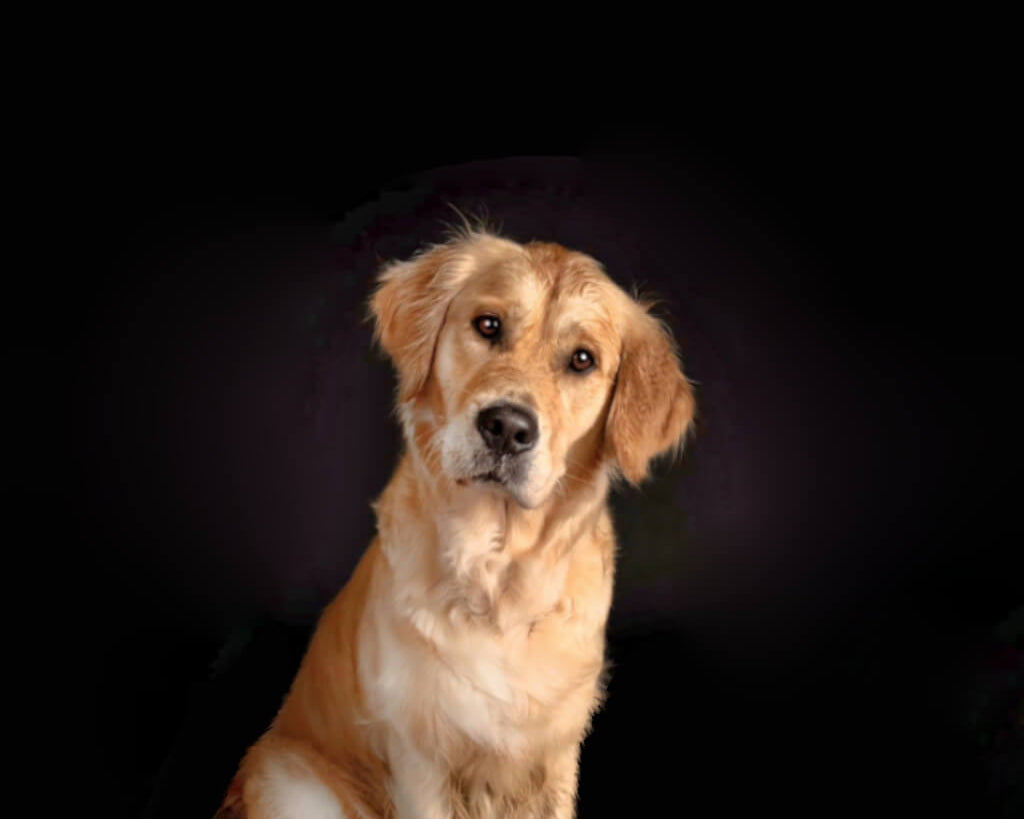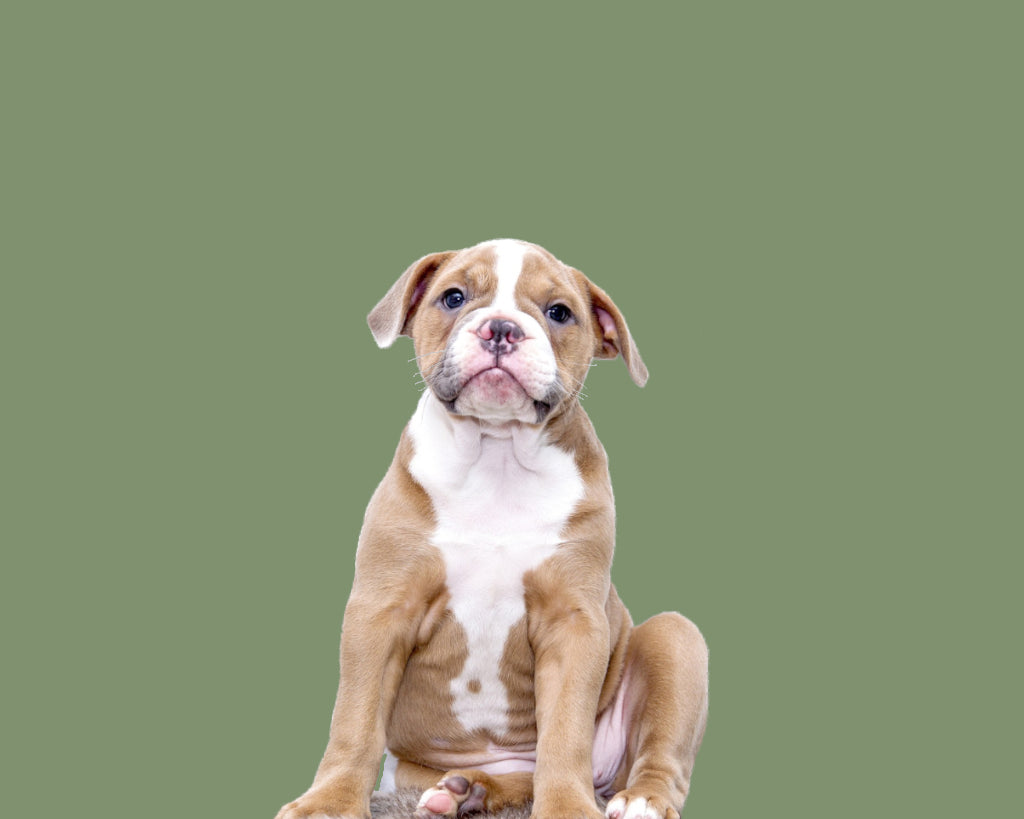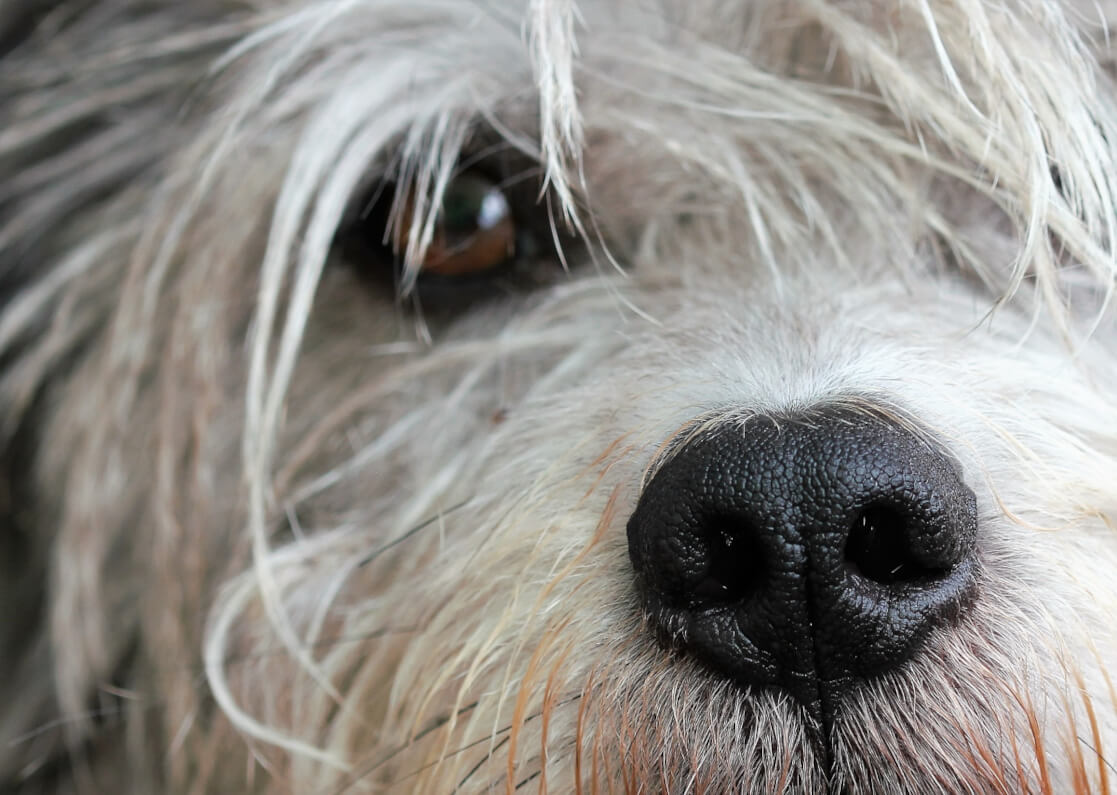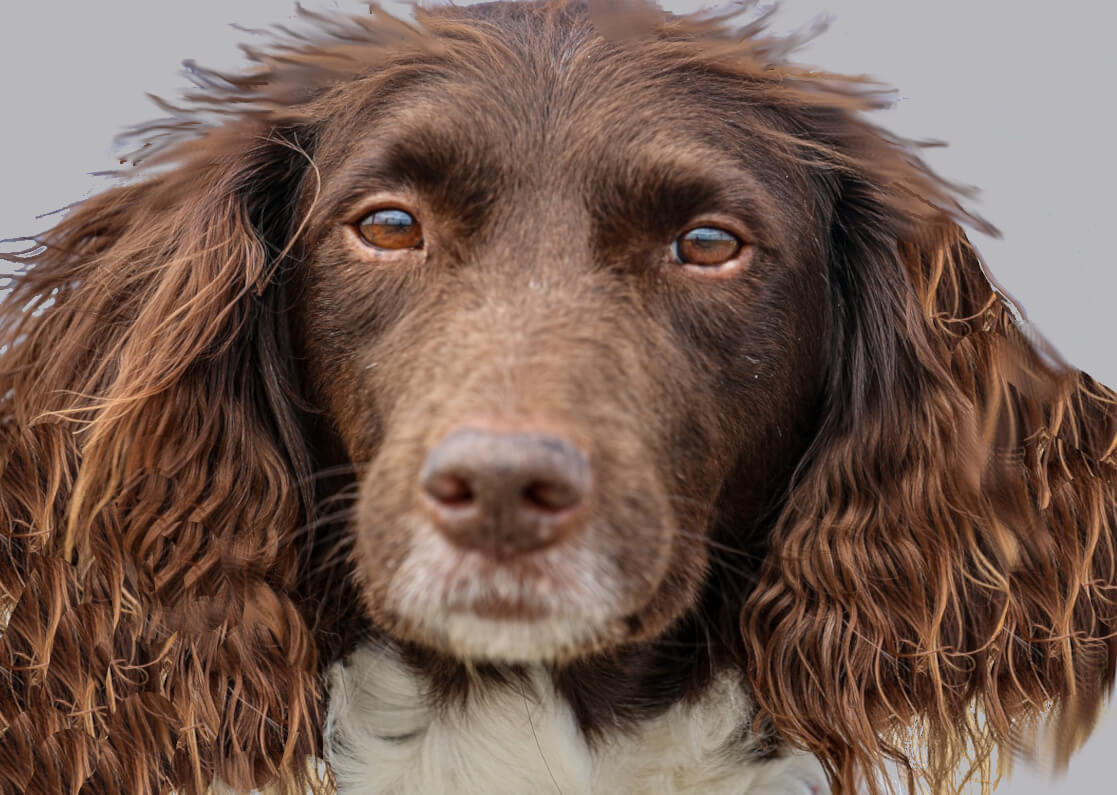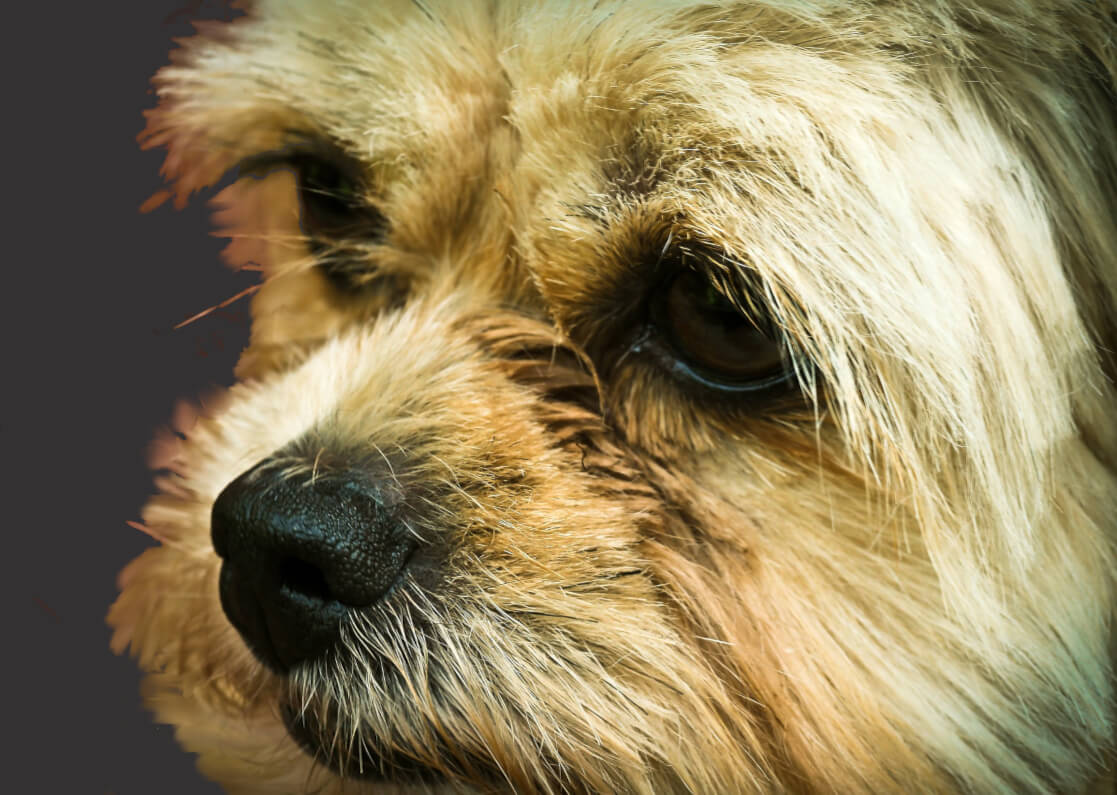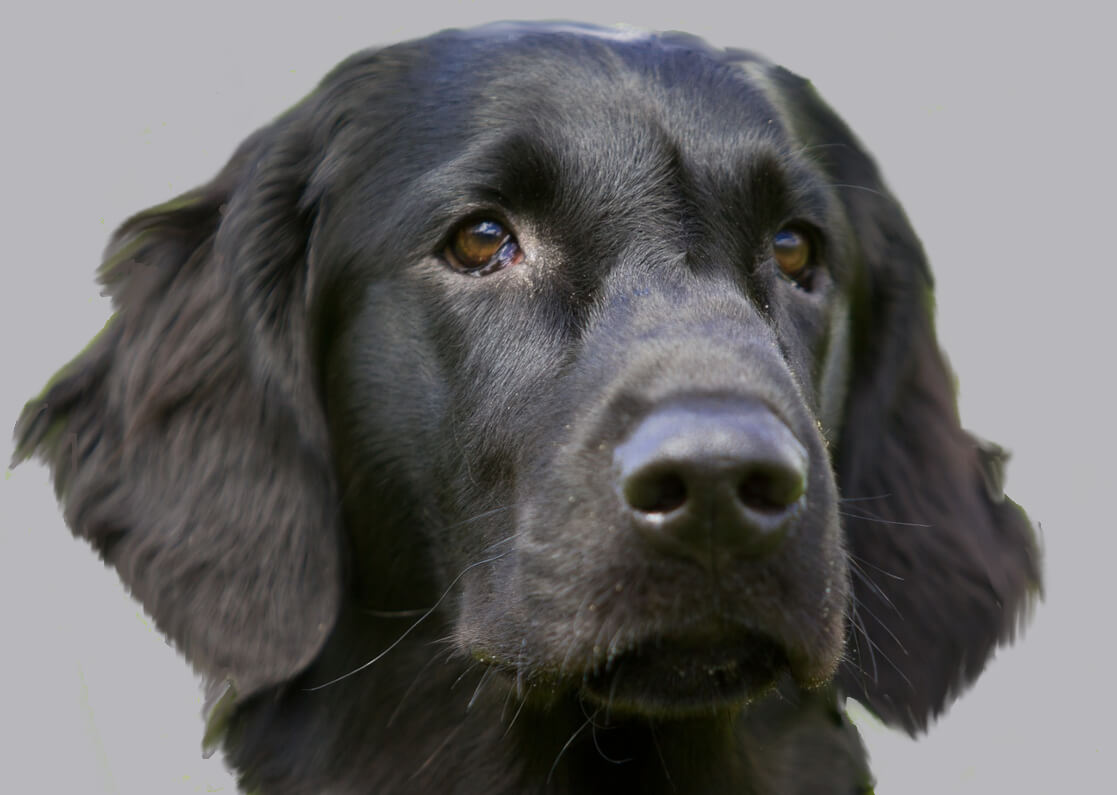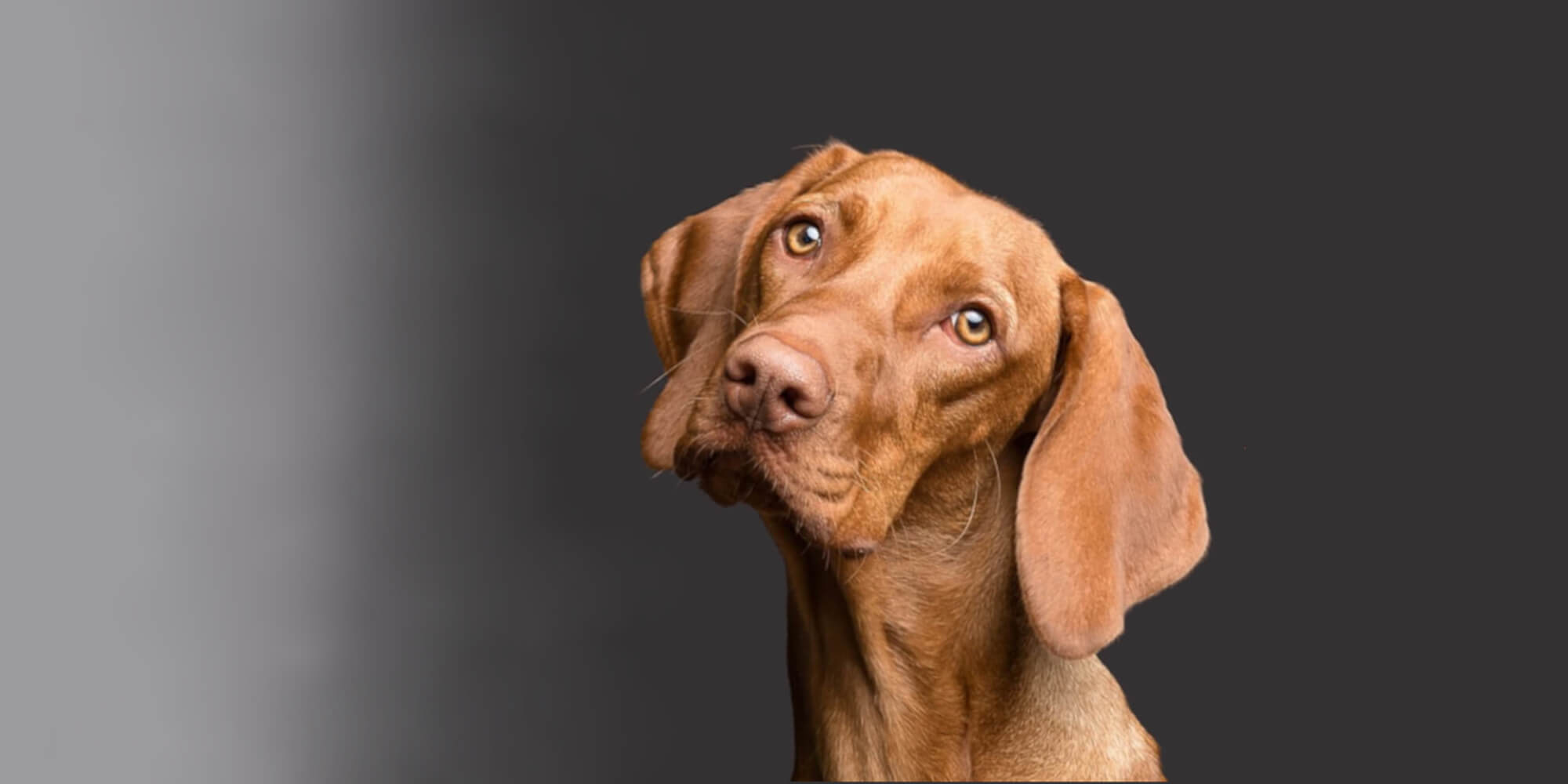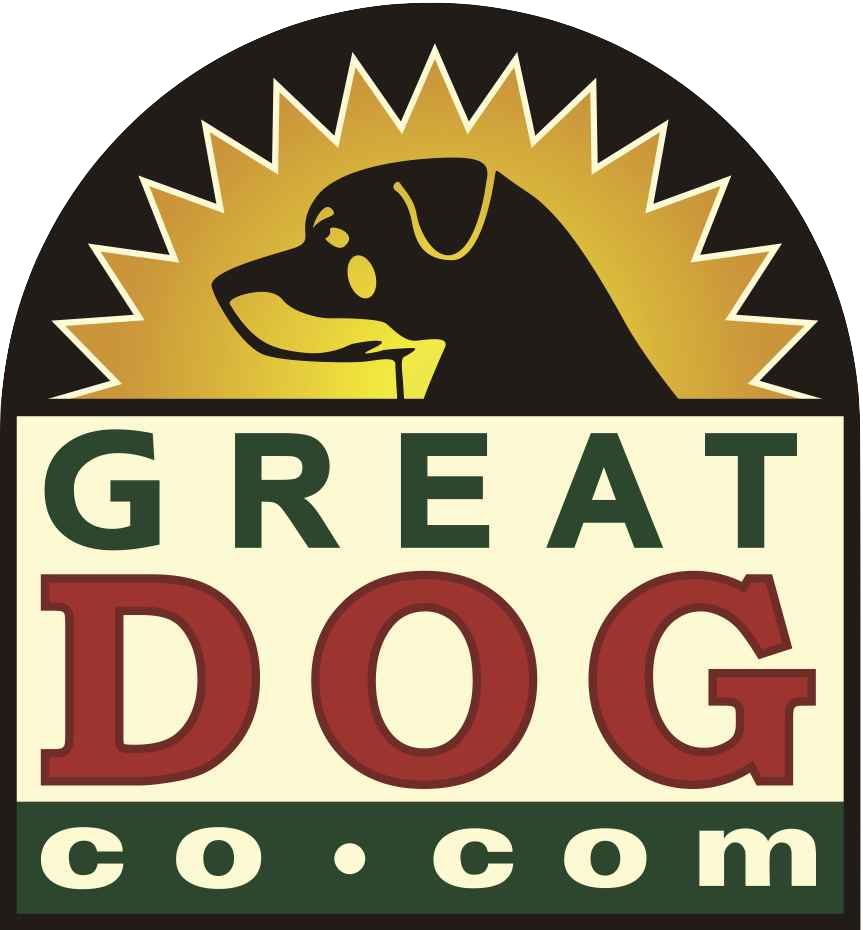Having been in the dog chew business for 3 decades, it's a rare day that we don't get the question, "What's the best chew for an aggressive chewer?" It seems the vast majority of dog owners have dogs that are aggressive chewers. But, is that really possible? We think not.
An aggressive chewer is any dog that chews with such enthusiasm, energy and vigor that he breaks off large pieces or virtually swallows the object he's chewing whole. Of course, chewing behavior exists on a continuum with most dogs falling somewhere in the middle range. Humans often mistakenly label their dogs aggressive chewers because their dogs consume chews and treats too quickly. It's understandable people want the chew they just paid $13 for to last longer than 20 minutes. But is it reasonable? Probably not. But why?
High quality, single ingredient chews are all pretty much made out of some kind of animal cartilage. The exceptions to this are, of course, bones, antlers, or organ meat, e.g., liver, lung, heart.
Starting with bones, many people hesitate to feed their dogs cooked bones because 1. they can be hard on a dog's teeth; 2. they can be hard on a dog's stomach, and/or 3. they can shard. It is true that dogs, especially dogs on the more aggressive end of the aggressive/non-aggressive chewing continuum, could chew so hard that they damage a tooth. In this case, bones are definitely not a good option. Repair of a dog's broken or damaged tooth is not only very costly but can also have a potentially negative impact on a dog's longevity. It's generally inadvisable for dogs who are actually aggressive chewers to be given bones, even with supervision. For all other dogs, cooked dog bones can be a good alternative provided that they are being supervised. Purchasing a high quality, well cooked bone can give a dog many, many hours of chewing enjoyment.
But, not all dog bones are equal. Dog bones shard because the manufacturer doesn't know how to cook them properly. Generally that means that the temperature was too high. In the dog chew manufacturing business, the temperature and process of cooking dog bones is a closely held secret - shared with no one. The last issue with some cooked bones is that manufacturers use liquid smoke. This is not necessary and often causes stomach distress which manifests later in the form of diarrhea. That is never fun. It's important to differentiate between smoked bones and bones with smoke added. Smoked bones to us means that they have been slow roasted in a smoke house. That does not mean liquid smoke has been added. If a dog bone is cooked correctly, there is absolutely no need for added smoke. A dog will naturally love the bone and doesn't need to be enticed with flavor enhancers.
Antlers, particularly elk antlers, are a great, long-lasting chew for most dogs. Antlers are probably the longest lasting chew on the market today. Again, if your dog is on the aggressive end of the aggressive/non-aggressive chewing continuum then antlers are likely not the best option, even with supervision. As is true with dog bones described above, dogs can crack or break teeth when antlers are chewed too aggressively. That makes them a poor choice for dog's who are true aggressive chewers. For moderately aggressive chewers, moose or red deer antlers which are quite a bit softer might be a better option. But, because they are softer, they will also not last as long. For less aggressive chewers, antlers can be a great long lasting chew. As is true with all chews, dogs should be supervised when chewing on antlers. It's also important to make sure any antler is sized correctly for your dog. Giving a large dog a small antler, for example, is not a good idea and should be avoided.
For dogs on the non-aggressive end of the aggressive/non-aggressive chewing continuum, antlers may not be a great choice. These dogs tend to be "lazy chewers" who will not invest the time or energy needed to break the antler down to get at the marrow type substance in the center. Thus, the antler will lay around for years and your investment will not be realized. Some lazy-chewers or dogs with known dental concerns may enjoy a split antler - one that has been cut down the center so the marrow type substance in the middle can be easily accessed. Keep in mind that the longevity of the chew is greatly reduced when feeding a split antler because most of the work has already been done for the dog.
Single ingredient dog chews made from organ meat are really treats. Most dogs love them but they don't last very long. One advantage many of these treats have in common is that they can be easily broken into smaller pieces and used for training. These treats are also appropriate for any size dog regardless of how aggressive or non-aggressive they are in terms of chewing. In sum, dog treats made from organ meat are great options but will be consumed quite quickly.
Lastly, dog chews made from animal cartilage such as tendons, scapula, bully sticks (pizzle), trachea, etc. are a high quality chew option. Next to dog bones and antlers, these chews generally are the longest lasting on the market. To break these chews down, dogs use their saliva and spend time gnawing and chewing. As such, they are great in helping to keep teeth and gums clean. If appropriately sized, dogs who fall someone in the middle on the aggressive/non-aggressive chewing continuum will spend 10 minutes to days chewing them. For example, a beef trachea piece (approximately 2" long) could last a smaller, less aggressive chewer 15 minutes. A larger dog will likely work her way through the same piece in just minutes. Very aggressive chewers will literally swallow it whole. Therefore, these are likely not appropriate chews for them.
A larger chew such as a Bison Scap (Bison Scapula Cartliage) or 6 or 12 inch Bison Pizzle will last longer. Depending upon a dog's chewing behavior a 12 inch bully stick could last for 15 minutes or 2 days. Clearly, the length a chew lasts depends on a dog's size, his/her chewing behavior, and the length and girth of the chew. For aggressive chewers, many cartilage based chews are a good option if appropriately sized with proper supervision. It's important to ensure that aggressive chewers do not try to swallow these chews whole. While they likely will break down because they are completely digestible, it could cause an injury to the dog's throat or intestines. Equally true, as any dog works on a chew made from animal cartilage, when it gets to a small enough size where it could become a choking hazard, it should be taken away from the dog.
On average, most dogs who fall somewhere along the continuum of aggressive/non-aggressive chewing behavior will get long lasting enjoyment from chews made from cartilage. But, long lasting is relative based on the size of the chew, the size of the dog and the dog's chewing behavior. At the same time, for most humans who want to extend the value of their investment and enjoy some "peace and quiet" away from their furry friends, the amount of time a chew takes to consume will likely never be long enough.
So why are these so called "longer lasting" chews so darn costly? For chews made from animal cartilage, there are several reasons:
1. Raw materials of US sourced chews cost more than foreign sourced materials;
2. In general, the animals from which these chews are being harvested only have 1 or 2 of them. For example, cattle only have one trachea, two scapulas and two achilles tendons. The scarcity of the product increases the price of the materials.
3. Elk, moose or red deer only shed their antlers once a year. Once their antlers are shed, it requires humans to locate and collect the sheds - it takes knowledge and a good deal of time to find them. And, the number of elk, red deer and moose is limited. Again, the scarcity of the product increases the price of the raw materials.
Generally the price of treats sourced from animal parts such as organs or bone are less costly because the supply is greater. Nonetheless, all animal based chews/treats/bones sourced and made in the US will cost more than grain based treats and those from a foreign source/manufacturer.
Dogs are carnivores. That is not going to change. They also enjoy and need to chew for a variety of reasons - it helps to manage teething in puppies, it alleviates stress, reduces boredom, helps keep their mouth clean, tastes great, etc. They chew for much the same reasons humans enjoy eating/chewing. For humans who eat meat, a high quality cut of beef or a premium pork chop doesn't take very long to consume. And yet, no one would label the vast majority of people "aggressive chewers." The same is true for most dogs - the vast majority are not aggressive chewers. They simply like chewing and continue to work at it until they have consumed the chew or it has been taken away from them for later enjoyment. Either way, the vast majority of dogs' behavior is normal, typical, reasonable and doesn't meet the definition of "aggressive."
So to dogs everywhere - happy chewing!
